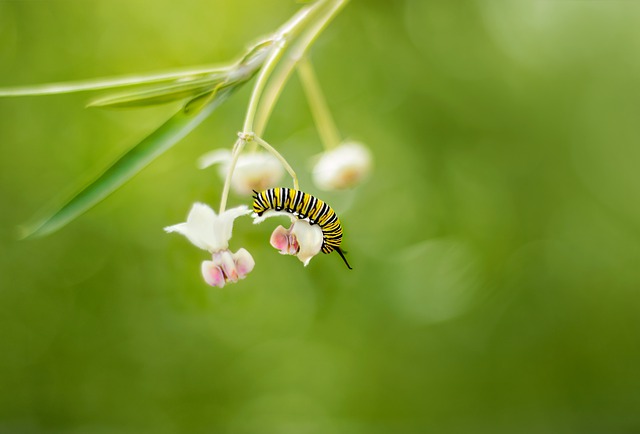Wine in Rust
500 years ago the “R” with the long foot was an important identification symbol for the inhabitants of Rust. In 1524 the Hungarian Queen Mary entitled Rust to brand the “R” as sign of origin into the exported wine barrels.
This was a very important step, as wine from Rust has always guaranteed highest quality and the vintners of Rust have thus laid great emphasis on the place of origin.
Today you will again find the “R” on the corks and labels of the vintners from Rust; it symbolizes tradition on the one hand and is on the other hand a symbol for up-to-date wine-making and a path into the future.
No Sex for Butterflies
In the vineyards of Rust the European grape berry moth is controlled by a method of biological confusion. This butterfly can decisively harm the grapes in as little as three generations. However, by distributing dispensers which release the attractants of female butterflies, males become totally confused and are no longer able to track down their beloved – no sex for butterflies!
Vineyard Management
Whoever comes to Rust is immediately aware that this town – and its wine as well – is something special. The gently rising hills of the Rust Hügelland on the western banks of Lake Neusiedl surround the town like an amphitheatre; a view which fascinates every time anew. The location is unique and gives wines from Rust a distinctive and unique character.
Rust vintners cultivate a great variety of grapes for their red and white wines. Above all, the climate of the Pannonian Region decisively influences the growth of the grapes: hot dry summers and cold, humid winters provide for an extraordinary harvest every year. In the morning the large surface area of the lake reflects the radiation of the sun like a mirror and accelerates the ripeness of the grapes compared to other wine growing regions.
These natural conditions along with the sensible affection of the vintners for their town and their vineyards give way to objects all wine–lovers look for: extraordinary and top-quality wines.
The diversity of the region is also mirrored in the various soil structures of Rust and their origins: alluvial deposits from the Alpine region, in some places ancient rocks, wind-carried fine sand (Loess) or sediments of primeval seas form a diverse and multifaceted mosaic of very differentiated soils – an excellent basis and at the same time a challenge for wine growers in Rust.
The Ruster Ausbruch
It’s a miracle which unfolds each and every year in Rust, a natural consequence of the interaction between the area’s special climate, topography and soil quality. The Ruster Ausbruch: one of the most impressive sweet wines in the world whose European counterpart can only be found in a Hungarian Tokaj or French Sauterne. Ruster Ausbruch may be defined as botrytised wine that has for centuries been linked to town history.
What does “Ausbruch” mean and how does it develop?
The name stands for a special type of sweet wine made from grapes that are left to hang on the vine longer than usual. These grapes become host to a rare beneficial fungus called Botrytis Cinerea that develops only in regions where warm summers, mild autumns and fog from nearby waters interact to create optimal conditions. As a result, the grapes soften and shrivel into raisin-like berries that concentrate the grapes’ acidity, sugar, extract and aromas.
The picking of grapes affected by this noble rot can only be done by hand in several laborious runs. Since the grapes are not always equally affected, the suitable parts have to be individually removed (“broken out”). Balance along with highest concentration is the utmost aim. Ruster Ausbruch fascinates by its multi-layered aromatic compounds and a fanciful play of sweetness and acidity on the palate. The sparkling in the glass is mirrored in the flaming temperament of the wine.
And what does sweet wine taste like?
Whoever believes that Ruster Ausbruch complements only desserts is totally wrong: naturally it’s delicious with the typical Austrian sweets but it can also very well be served as an aperitif or in combination with noble blue cheese or goose liver. It is even a very nice companion to espresso. Its long ageing potential always conveys a sense of longevity.
As the history of the town of Rust testifies, even the Habsburg Family appreciated the specific characteristic of this wine. As early as in the 15th century, the town of Rust – at that time already trading in wine – bought the town charter from Emperor Leopold I in 1681. They paid the sum of “60.000 gulden and 500 buckets of Ruster Ausbruch,” which would today be equal to 300,000 litres of the precious wine. Reason enough to continue tradition!



